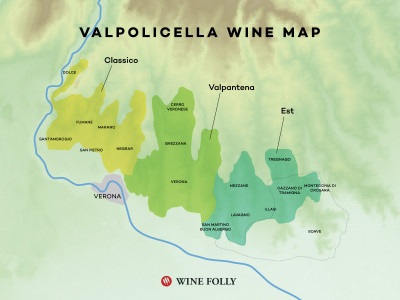We get asked a lot about wines in the sub-$20 range and truthfully, we also drink wine regularly in that price range.
However, there are a few times when you want a wine that is worth the money (say, $50-80 a bottle).
Amarone is one of these wines. But why? To answer this question we asked Aaron Epstein, a wine curator with a surprising wealth of knowledge in the Amarone area.
Amarone Wine: The Patriarch of Valpolicella
Many wine lovers know Amarone on a first name basis, though relatively few are personally acquainted. This is most likely due to the high entrance fee.
Perhaps you’ve seen him lingering at the bottom of a wine list next to other recognizable stars such as Brunello di Montalcino or Barolo and wondered:
What is the story on this dude?
Amarone will usually run you $50-$60 which isn’t cheap. While some wine prices are artificially inflated, there’s a somewhat practical explanation as to why Amarone is one of Italy’s top red wines.
– It’s one of my favorite wine stories to tell.–
To do so properly, we must begin at the end, with Amarone’s family name: Valpolicella. Like Romeo and Juliet – it is in fair Verona where we lay our scene…
Every April, Verona hosts VinItaly – the world’s largest wine fair. Yes, it’s awesome.
Verona is a jewel of a city in northeastern Italy, an hour and a half due west of Venice by car. The town is home to an immaculate, picture-perfect medieval center, as well as one of the most untouched Roman amphitheaters in the world, where concerts and events are still held.
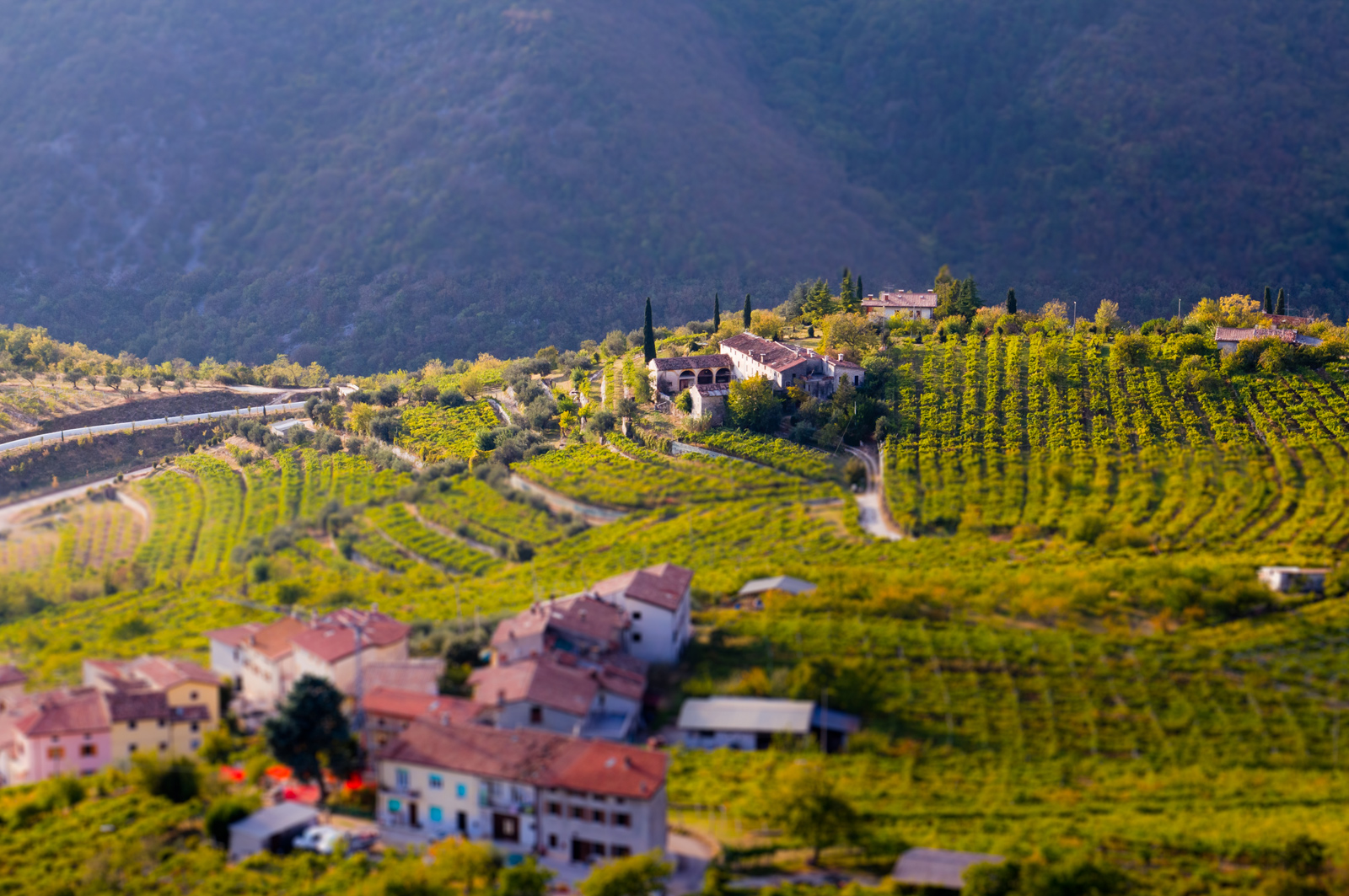
About The Valpolicella Region
Just outside of the historic city center, heading north and west towards Lake Garda, you’ll encounter the rolling hills of the Valpolicella region – the name is thought to come from the Greek meaning ‘valley of many cellars’. It is the second largest producer of quality (DOC) wines. The Valpolicella area encompasses several neighboring valleys that include 7 different villages.
Notwithstanding some seriously esoteric exceptions, when it comes to red wine, Valpolicella is dedicated to the production of four grape varieties: Corvina, Corvinone, Rondinella, and Molinara. However, as a result of when the grapes are picked and what is done after, the wines can be startlingly different in the bottle.
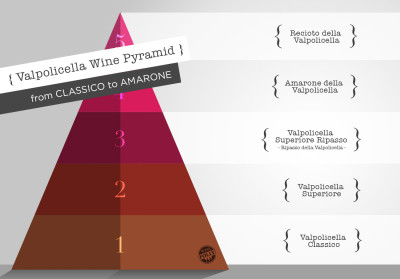
Valpolicella Wine Classification
The red wines from the Valpolicella region are so closely related that I like to refer to them as family members. If Amarone is the Patriarch seated at the head of the table, then Valpolicella Classico is the precocious teenager at the far end, poised between childhood and maturity. This is the wine that most folks are speaking of when they say “Valpolicella.”
See the infographic of Valpolicella Classification
The 5 Levels of Valpolicella Wine
- Tier 1: Valpolicella Classico
- Tier 2: Valpolicella Superiore
- Tier 3: Valpolicella Superiore Ripasso
- Tier 4: Amarone della Valpolicella
- Tier 5: Recioto della Valpolicella
Why is Amarone Wine so Expensive?
After harvesting the grapes for ‘Tier 1’ Valpolicella Classico, they are immediately crushed and fermented. This is a light, high acid red wine; it generally sees no oak aging and provides a perfect match for the traditional local appetizers. I promise – in Verona, even horse tartar is pretty amazing when accompanied by delicious Valpolicella.
By contrast, the fruit destined to become Amarone takes quite a different journey before reaching the bottle. He is, after all, the family Patriarch – most wineries will select their older, more mature vines for this wine. Grapes are picked a bit later to ensure ripeness – usually in mid-October. Then, they are left all winter to dry into raisins.

During the roughly 120 days that this occurs, the grapes will lose 30-40% of their weight. The result is intense concentration and a very high sugar content, which in turn translates into 15% or higher alcohol levels. It also demands a premium price. You can do the math yourself: a hell of a lot more fruit goes into a bottle of Amarone than a bottle of Valpolicella. The drying process demands an investment of time and space on behalf of the winery.
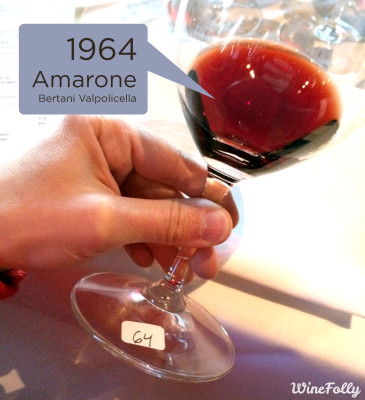
What goes into Amarone
- 2x as many grapes as normal wine
- 45+ day slow fermentations
- Longterm aging at winery (similar to Rioja!)
- Expect to spend $50-$80
How to get great Valpolicella wine for ~$20
Luckily for all of us, there’s a secret! Most Amarone producers also bottle Valpolicella Ripasso, often referred to as “Baby Amarone”. To make Ripasso, fresh Valpolicella Classico wine is mingled with leftover skins from Amarone winemaking. The resulting wine absorbs additional body and flavor, giving us a dry, medium-bodied wine with a similar complexity to Amarone at prices below $20!
More than any other family of wines in Italy, the Valpolicella truly offers a perfect companion for every occasion. Regardless of the season, occasion or your budget – you’ll never go wrong.
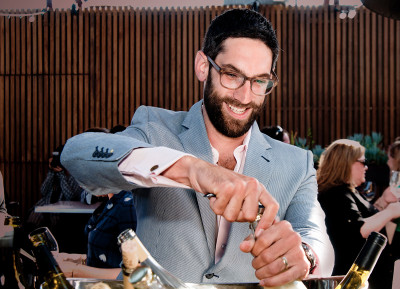
Aaron Epstein
Aaron Epstein is a wine writer, curator and consultant who has been studying wine since before he could legally drink it. His love of the grape was born at a young age and has since taken him around the world to work in almost every aspect of the wine industry. Find him at winedad.com
Go Deeper
Now that you know the basics, it’s time for more. Learn how to find the best of the best, and the differences of wines from the Valpolicella region.


